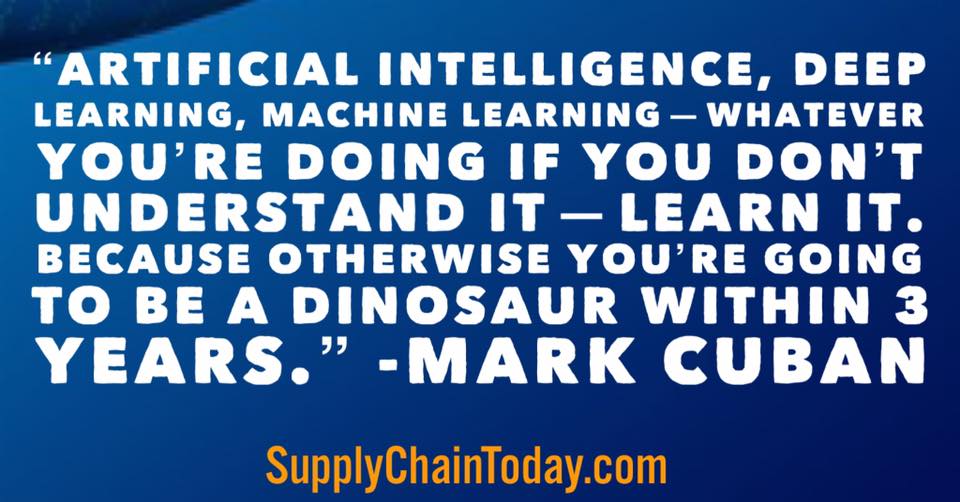What is Disruptive Innovation?
Disruptive innovation is a term used to describe a new technology, product, or business model that fundamentally changes the way an industry operates. Disruptive innovations typically start by targeting niche markets that are not served by existing products or technologies and then gradually move upmarket to disrupt established players in the industry.
Disruptive innovations are characterized by the following features:
- They are typically simpler, cheaper and more accessible than existing products or technologies.
- They often create new markets and value networks, rather than simply disrupting existing ones.
- They can be initially dismissed or overlooked by established players in the industry, because they may not have the features or capabilities that are valued by mainstream customers.
Examples of disruptive innovations include:
- The personal computer, which disrupted the mainframe computer industry.
- The internet, which disrupted the telecommunications and media industries.
- Electric cars, which are disrupting the traditional automotive industry.
- Online marketplaces, which are disrupting traditional brick-and-mortar retail businesses.
It’s worth noting that disruptive innovation is not always positive, it can also have negative effects such as job loss and market disruption. Companies that are facing disruptive innovation should closely monitor the market and consider their strategic options, such as investing in new technologies or business models, or acquiring or partnering with emerging companies that are disrupting the industry.
Advantages and Disadvantages of Disruptive Innovation
Advantages of Disruptive Innovation:
- Creates new markets and opportunities: Disruptive innovations often create new markets and value networks, opening up new opportunities for companies and entrepreneurs.
- Increases competition: Disruptive innovations can increase competition in an industry, leading to better products and services for customers.
- Improves efficiency and reduces costs: Disruptive innovations often make products and services simpler, cheaper and more accessible, which can lead to improved efficiency and reduced costs.
- Encourages innovation: Disruptive innovations can encourage companies and entrepreneurs to think differently and to develop new technologies and business models.
- Improves customer experience: Disruptive innovations can improve the customer experience by providing new features, capabilities or accessibility that were not available before.
Disadvantages of Disruptive Innovation:
- Can threaten existing businesses: Disruptive innovations can threaten the viability of existing businesses, forcing them to adapt or close.
- Job loss: Disruptive innovations can lead to job loss as automation and new technologies replace human labor.
- Requires significant investment: Disruptive innovations often require significant investment in research and development, which can be a barrier for small companies or entrepreneurs.
- Can be difficult to predict: Disruptive innovations can be difficult to predict, making it challenging for companies to prepare for and adapt to them.
- Can lead to ethical concerns: Disruptive innovations can lead to ethical concerns, particularly when they disrupt traditional industries or challenge established social norms.
Overall, disruptive innovation can bring significant benefits but it can also create challenges for companies and society. It’s important for companies to consider the potential impact of disruptive innovations on their business, employees and customers, and to develop strategies.
Cost Savings
Understanding disruptive innovation can lead to cost savings in several ways:
- Reduced R&D costs: By understanding disruptive innovation, a company can identify new technologies or business models that can be adopted or adapted to improve its products or services. This can reduce the costs associated with developing new products or technologies from scratch.
- Reduced costs of production: Disruptive innovations can lead to new production methods or technologies that are simpler and more efficient, which can reduce the costs of production.
- Reduced costs of distribution and logistics: Disruptive innovations can also lead to new distribution and logistics methods, such as digital platforms, that are cheaper and more efficient than traditional methods.
- Reduced costs of marketing and sales: Disruptive innovations can also lead to new marketing and sales methods, such as social media, that are cheaper and more effective than traditional methods.
- Reduced costs of customer acquisition: Disruptive innovations can open up new markets and customer segments, which can reduce the costs of customer acquisition.
Clay Christensen, Harvard Business School professor discusses his landmark theory: Disruptive Innovation. Technologies such as artificial intelligence and blockchain will cause a great deal of disruptive innovation throughout all industries.
Innovation Quotes
- “The reason why it is so difficult for existing firms to capitalize on disruptive innovations is that their processes and their business model that make them good at the existing business actually make them bad at competing for the disruption.” ~Clayton Christensen
- “Some people don’t like change, but you need to embrace change if the alternative is disaster.” ~Elon Musk
- “Most of the important things in the world have been accomplished by people who have kept on trying when there seemed to be no hope at all.” ~Dale Carnegie
- “It is not the strongest of the species that survives, nor the most intelligent that survives. It is the one that is the most adaptable to change.” ~Charles Darwin
- “A disruptive innovation is a technologically simple innovation in the form of a product, service, or business model that takes root in a tier of the market that is unattractive to the established leaders in an industry.” ~Clayton Christensen
- “When something is important enough, you do it even if the odds are not in your favor.” ~Elon Musk
- “The evolving social and digital media platforms and highly innovative and relevant payment capabilities are causing seismic changes in consumer behavior and creating equally disruptive opportunities for business.” ~Howard Schultz
- “I don’t feel that this concept of disruptive technology is the solution for everybody. But I think it’s very important for innovators to understand what we’ve learned about established companies’ motivation to target obvious profitable markets – and about their inability to find emerging ones. The evidence is just overwhelming.” ~Clayton Christensen
- “Change before you have to.” ~Jack Welch
- “Creativity is just connecting things. When you ask creative people how they did something, they feel a little guilty because they didn’t really do it, they just saw something. It seemed obvious to them after a while. That’s because they were able to connect experiences they’ve had and synthesize new things. And the reason they were able to do that was that they’ve had more experiences or they have thought more about their experiences than other people.” ~Steve Jobs
Disruptive Innovation and Strategy
- Battle of the Robot Armies – Jeff Bezos vs Elon Musk.
- Clayton Christensen on disruptive innovation.
- Deep Learning: Big Data Intelligence.
- Disruptive Innovation Explained.
- Future of the Digital Supply Chain.
- Future of Transportation.
- How startups like Uber and Airbnb changed rules of business.
- How to Spot Disruptive Innovation Opportunities.
- Neuralink: Elon Musk’s Brain Chip Presentation.
- Seth Godin: How to get your ideas to spread.
- Supply Chain Innovation: Ways to Improve the Supply Chain.
- “The Innovator’s Dilemma” by Clayton Christensen – VIDEO BOOK SUMMARY.
- Uber destroyed the NYC cab market.
- Watch how Robotics and AI Changing Supply Chain?
- What is a Digital Supply Chain?
What Is Strategy? It’s a Lot Simpler Than You Think.
The Strategic Role of Demand Management in Supply Chains
Finding Your Company’s Core Competencies
How Amazon’s Supply Chain Management Strategy Works?






